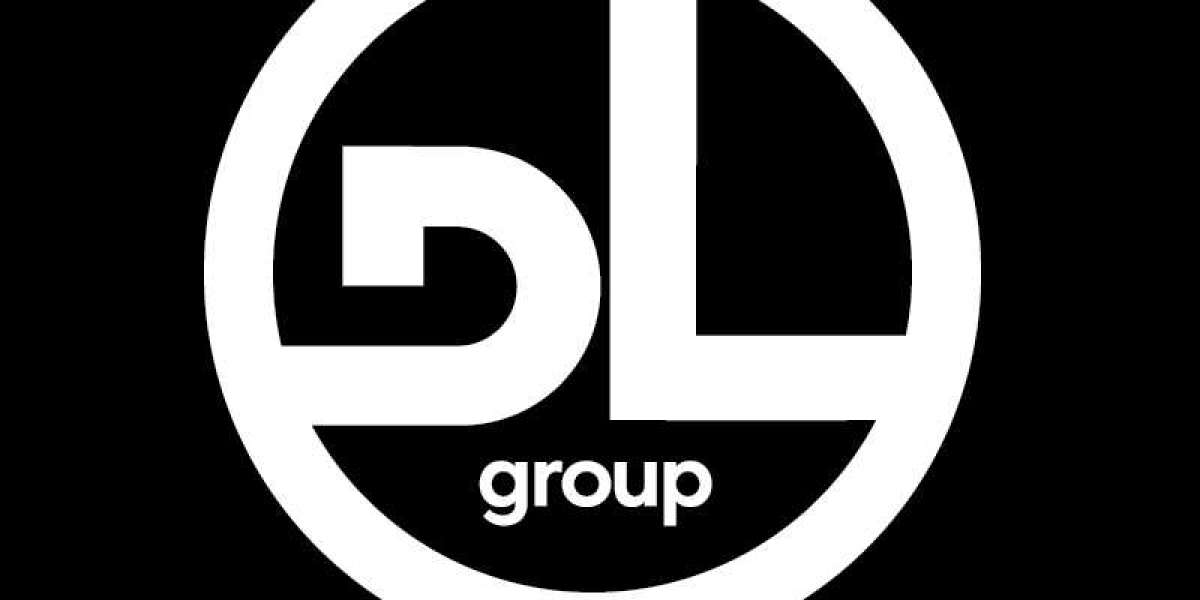Introduction: In January 2017, a historic movement swept across America as women and their supporters converged upon the nation's capital for the Women's March on Washington. In the wake of an emotionally charged presidential election, the march stood as a powerful symbol of unity, resilience, and empowerment. With an estimated 500,000 people in attendance, this event not only marked the beginning of a new era of activism but also sent a resounding message that women's rights and equality are non-negotiable.
Body:
On January 21, 2017, a sea of pink hats and fervent voices flooded the streets of Washington, D.C., as the Women's March on Washington became a groundbreaking display of solidarity. Sparked by the sense of urgency surrounding women's rights in response to controversial remarks made by political figures, the march surpassed all expectations, dwarfing the turnout for the presidential inauguration that occurred just a day before.
Organizers strategically planned this event to be more than just a march for women's rights. Rather, it aimed to address a broader range of issues, including gender equality, reproductive rights, racial justice, LGBTQ+ rights, immigration reform, and environmental protection. The event attracted people from all walks of life: women, men, children, celebrities, politicians, activists, and those who had never participated in a protest before. The diverse array of faces and stories merged into a powerful force as attendees chanted slogans demanding justice, equality, and respect.
Beyond Washington, sister marches echoing these sentiments took place across the United States and in countries around the world, making the Women's March on Washington a global event. Its impact reached far beyond a single day of protest, evolving into a sustained movement that sought to effect tangible change in policies and attitudes towards women.
The march was a visually striking spectacle, with inventive and inspiring signs carried by participants. The iconic pink pussyhats, knitted by supporters and worn by many, became a symbol of the resistance and a bold statement against gender-based discrimination. Celebrities filled the stage, delivering impassioned speeches that resonated deeply with the crowd, effectively amplifying the voices of those who felt marginalized or unheard.
The Women's March on Washington successfully reclaimed public space for activism, setting the stage for ongoing efforts to advance women's rights and foster inclusivity. It served as a reminder that individuals can come together, despite their differences, to advocate for a more equitable society.
Conclusion:
The Women's March on Washington was a pivotal moment in American history, capturing the attention and inspiring the hearts of millions across the globe. Demonstrating the power of unity, the event provided a platform for diverse voices and ignited conversations surrounding issues pertaining to gender equality and social justice. Although the march itself lasted only one day, its impact reverberated throughout the subsequent years, galvanizing countless individuals to fight for a better future for all.








